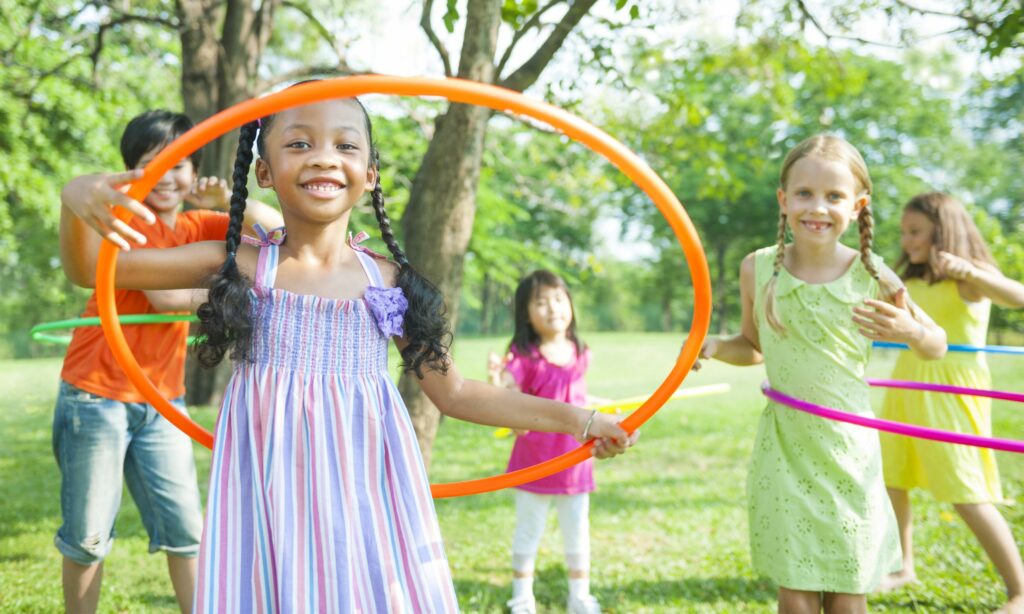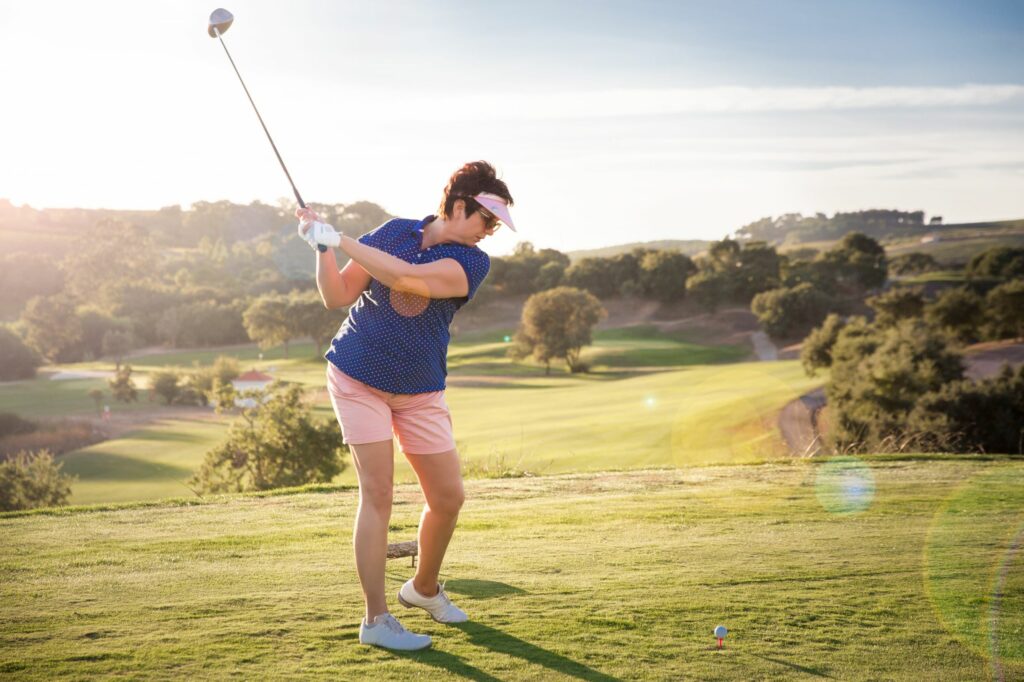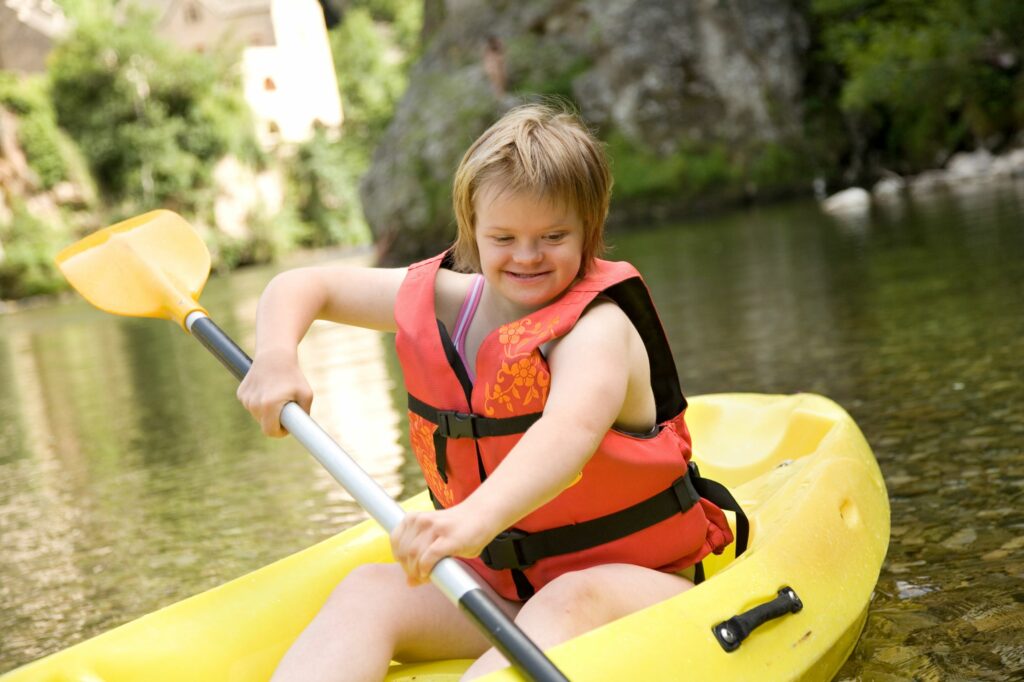Para sport research
The Canadian Paralympic Committee’s Paralympian Search Program provides an important platform for research on quality Para sport experiences, patterns in Para athlete development trajectories, and the engagement of underserved populations, such as girls and women, in the Para sport system. Learn more.
The True Sport Experience: Bringing physical and ethical literacy to life in and out of the classroom

Physical and health education teachers and coaches are experts at helping kids learn new skills. By patiently walking students through each learning step, they build the blocks of learners’ physical literacy. However, sport and recreation experiences aren’t built on physical skills alone. Instead, the experiences are wrapped in life lessons, personal growth and a few…
Active for life
Youth participation in organized sport has long-lasting positive effects on health. A new 12-year follow-up study shows that people who participated in organized sport throughout their youth continue to have higher levels of physical activity in adulthood, leading to better long-term cardiovascular health.
Collaborative sport delivery
At the Olympic Winter Games, there are 93 medals to be won across 31 events in Biathlon, Nordic Combined, Nordic Skiing, and Ski Jumping. Since 1924, Canadian athletes have won only six medals in these events—and none since 2006. Read about how the four Canadian Nordic sports are teaming up to improve their international performance…
Women’s soccer
In a first of its kind report on the status of elite women’s soccer, FIFA has found that the success of a national team is correlated with the proportion of domestic clubs that offer youth programs for girls. For leagues in which 80% of clubs have girls’ programs, the average national team ranking is 13th—compared…
Trickle-down effect
A country’s bid to host a major sporting event is often justified by its potential impact on sports participation for all citizens. While evidence to support the “trickle-down effect” is limited, new research from the United Kingdom shows an increase in memberships among adults in 33 sports after hosting major sport events, including the London…
Major games’ influence on sport participation
Can the Olympic and Paralympic Games influence the sport participation of youth in the host communities? Research suggests that participation impacts may be most likely among youth populations, active and inspired spectators, and within communities that are home to event venues and medalists.
Helping women say “yes” to golf

I started playing golf for the hot dogs. As a 14-year-old girl, I wanted to make friends with the other kids at my golf club. My major motivation after 9 holes was celebrating with friends over a hot dog and a chocolate milkshake. Flash forward 25 years, and golf is my passion. I’ve played and competed around…
Creating a “fun” sport environment
Reflecting on how to create a “fun” atmosphere for girls and young women, a participant in an evaluation of the Keeping Girls in Sport online training commented, “Coaches take this as ‘we have to play games all the time and never push the girls outside of their comfort zone.’ Once girls love a sport, being…
Creating quality sports programs for kids with intellectual and developmental disabilities

Children with intellectual and developmental disabilities (IDD) can benefit physically and psychosocially when they take part in sport (Baran et al., 2009, 2013; Weiss & Bebko, 2008). Unfortunately, their needs are often neglected, which leads to various physical, social, communication and policy barriers to their involvement (Shields & Synnot, 2016). These obstacles may affect how…